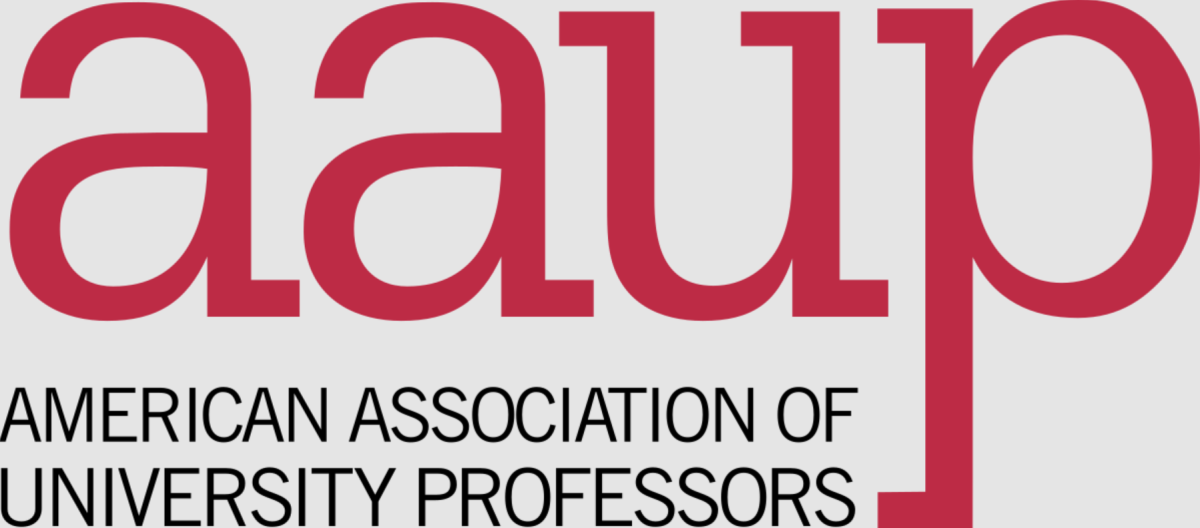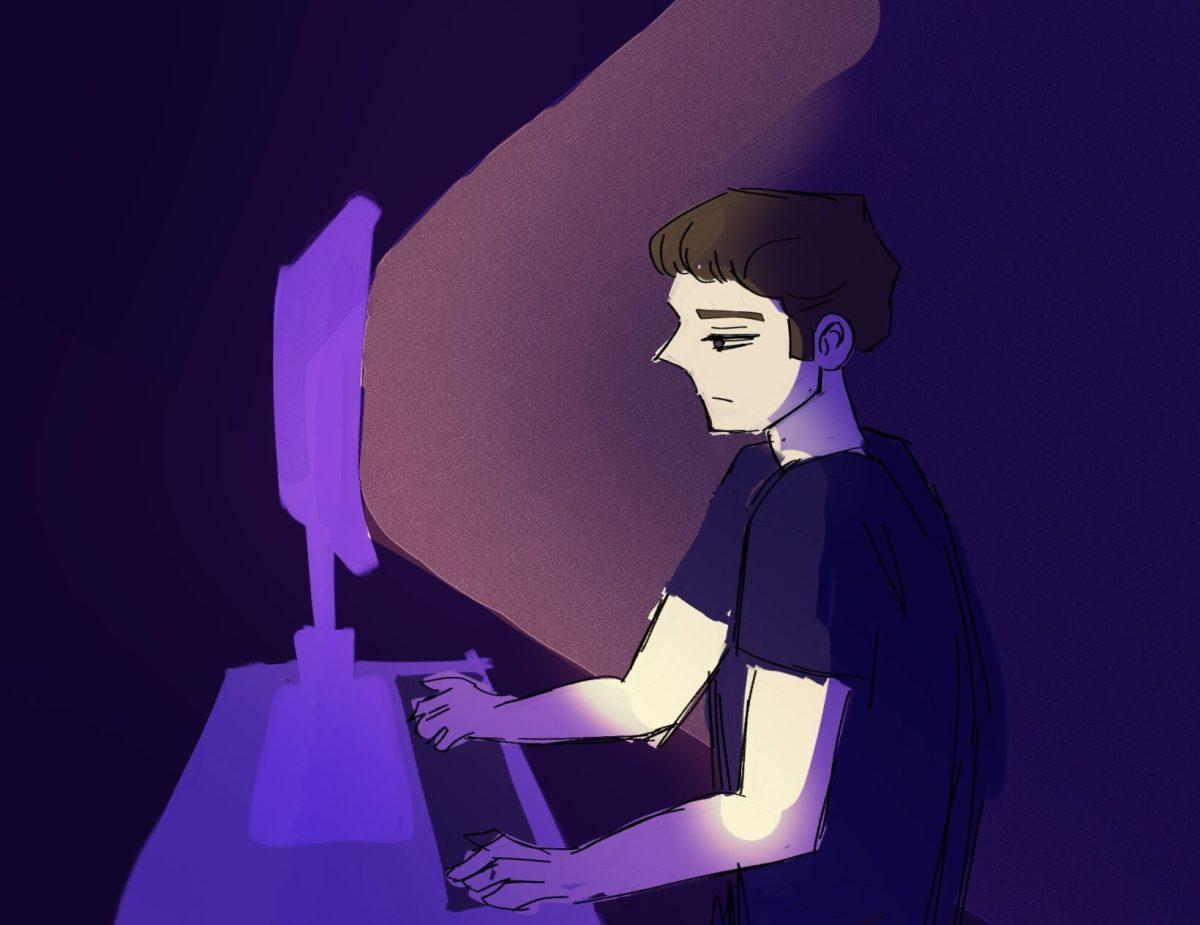North Carolina is once again making headlines for news regarding regressive policies coming out of our General Assembly. This time, instead of creating horribly bigoted and discriminatory laws, our politicians have changed it up with a bill that is reckless and ineffective.
Being advertised as the “School Self-Defense Act,” the policy proposal would create the new volunteer position of a school safety resource officer (SSRO), which would allow staff or faculty to carry a firearm on school grounds. These teachers would need to have a valid concealed carry permit and would be required to complete 16 hours of active shooting training in order to fill the position. To incentivize teachers to take on this responsibility of being an SSRO, a 5 percent salary raise would be offered for those who accept the new role.
The policy has been met with overwhelming disapproval by both the general public and the educators the policy is most oriented toward. An Elon University/News & Observer poll found that 78 percent of educators in North Carolina believed it was a bad idea to arm teachers. Even when informing the participants that these teachers would receive specialized training, 65 percent of educators still disapproved of the concept.
One of the major concerns with this bill is whether or not it would actually be effective in serving its intended purpose. Many critics question if teachers who wield these firearms would be capable of minimizing the threat in active shooter situations. A John Hopkins University study found that trained law enforcement have difficulty zeroing in on targets. Lightly trained teachers would likely struggle to hit a moving target in a gun range setting, much less in an adrenaline-filled situation where children’s lives are at risk.
Efficacy is of the utmost importance when discussing a bill as risky as this one. Storage of these guns would require them to be in a secure place, inaccessible to students but also readily available to the SSROs in the case of an emergency. Another serious risk that comes with putting firearms in schools is the possibility of a tragic accident occurring. In the event of a school shooting, allowing another unprofessional gunman to insert themselves in the chaos would make these types of situations even more precarious.
Given our nation’s recent history of racialized shootings, like that of Trayvon Martin, there are warranted mounting concerns regarding what may happen in the event of an SSRO being forced to de-escalate situations involving disorderly, unarmed students. The bill in consideration enables guns to be carried during any violent situation, not necessarily one involving a shooter.
Research has concluded that students of color are punished more severely than white students for the same infractions, which is causing policy analysts to wonder if the presence of gun-carrying teachers could jeopardize the safety of kids of color. The question grows even larger when taking into consideration Title I schools, which are more prone to these types of incidents because of the at-risk backgrounds of their students.
Supporters of the bill are attempting to paint it as a simple matter of school safety, but those against the proposal have been quick to point out their hypocrisy. A true measure to ensure school safety would involve limiting access to firearms for individuals that may carry out these heinous attacks in the first place. In a state like North Carolina, where it is easier to purchase an AR-15 than it is to buy a handgun, enforcing gun restrictions may be one of the simplest ways to strengthen school safety.
North Carolina legislators should heed the advice of educators by ensuring that this bill does not get approved. Instead of attempting to bring more guns into what should be safe learning environments, we should ensure that there is as little access as possible for firearms to make their way into our schools.














